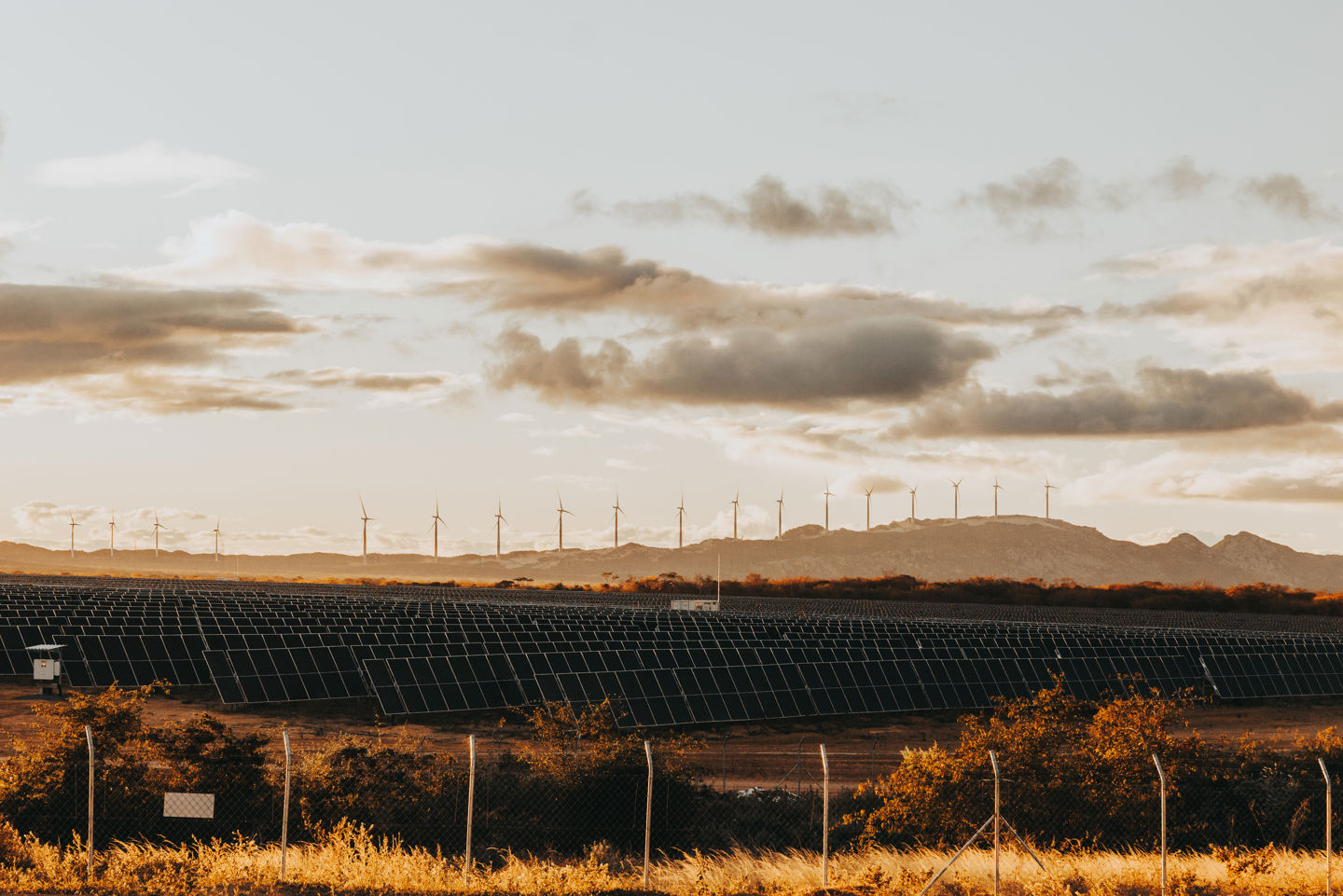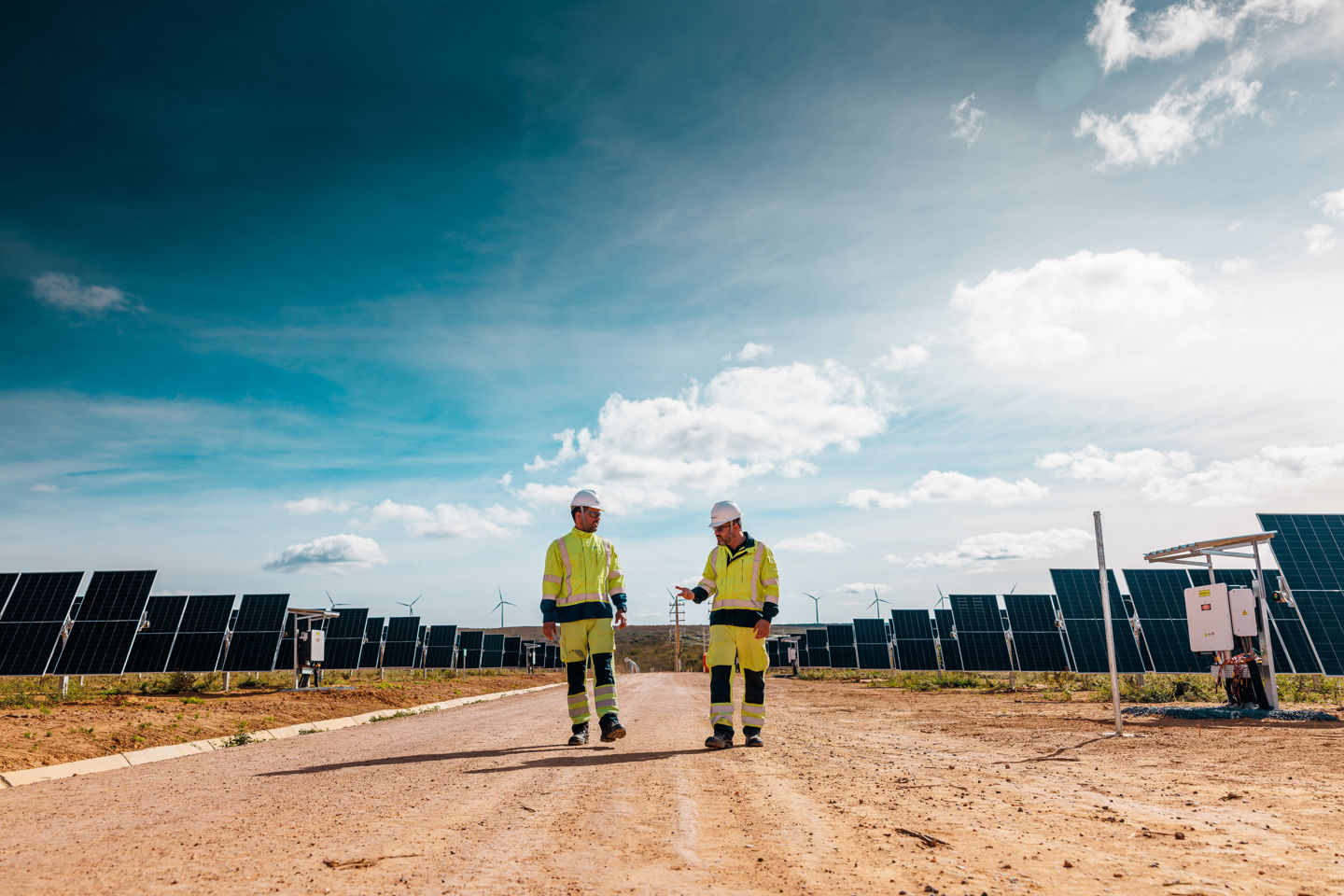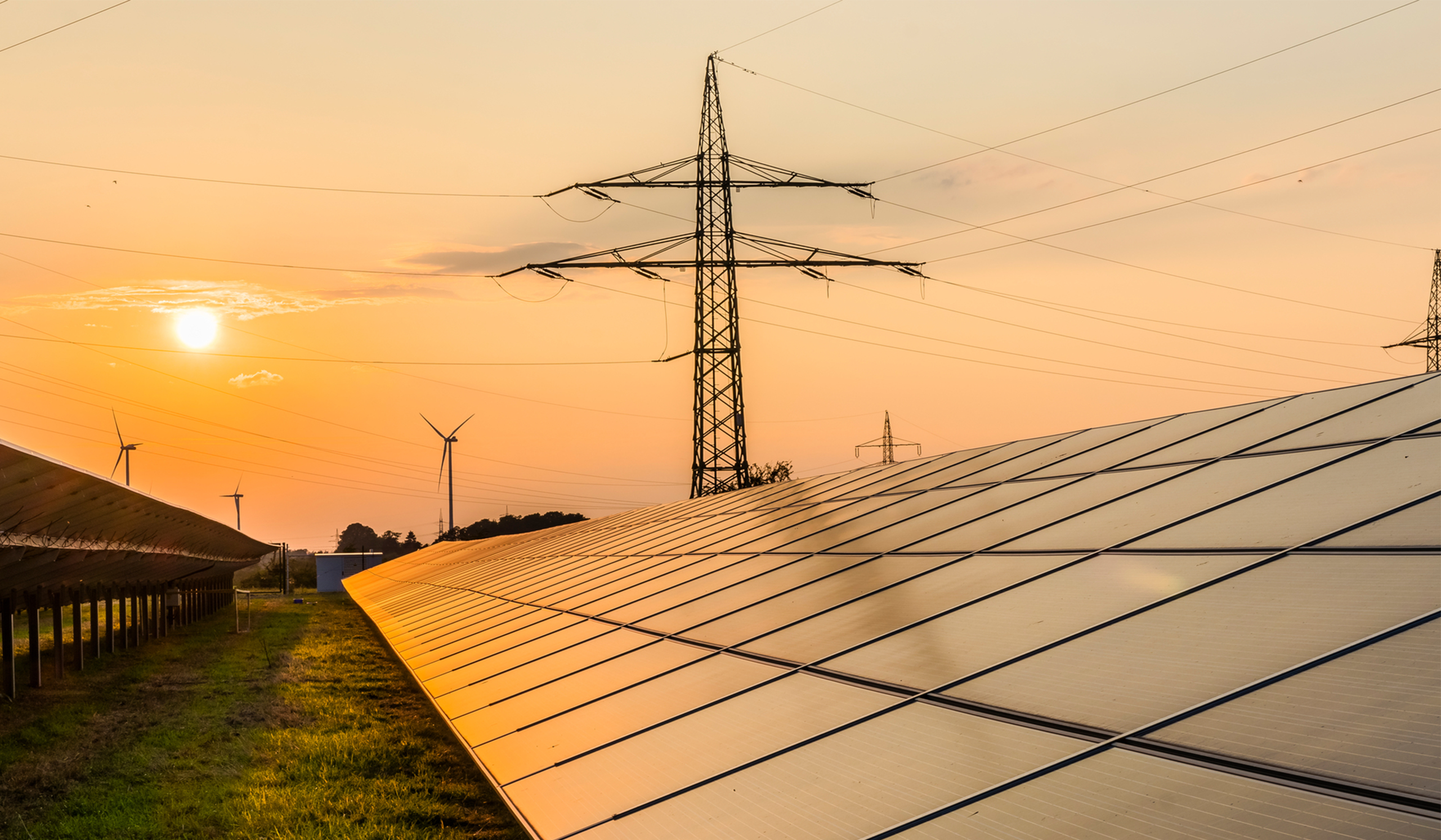Shine, Baby, Shine!
Register to access the energy report to get the full outlook for a brighter future.
Solar and mature technologies are fuelling the energy transition at high speed
Here’s a rare piece of good news: competitive renewable technologies are significantly transitioning the world away from fossil fuels to renewables. The largest of them all? Solar.
Solar energy’s rise is more than a headline. Its journey to become one of the world’s most influential energy sources is backed up by hard facts.
Our energy report is based on unique market insight as Europe’s largest renewable energy company and our 130 years of experience in developing and operating renewable energy in weather-dependent energy systems.
Read our latest energy report to explore the data.
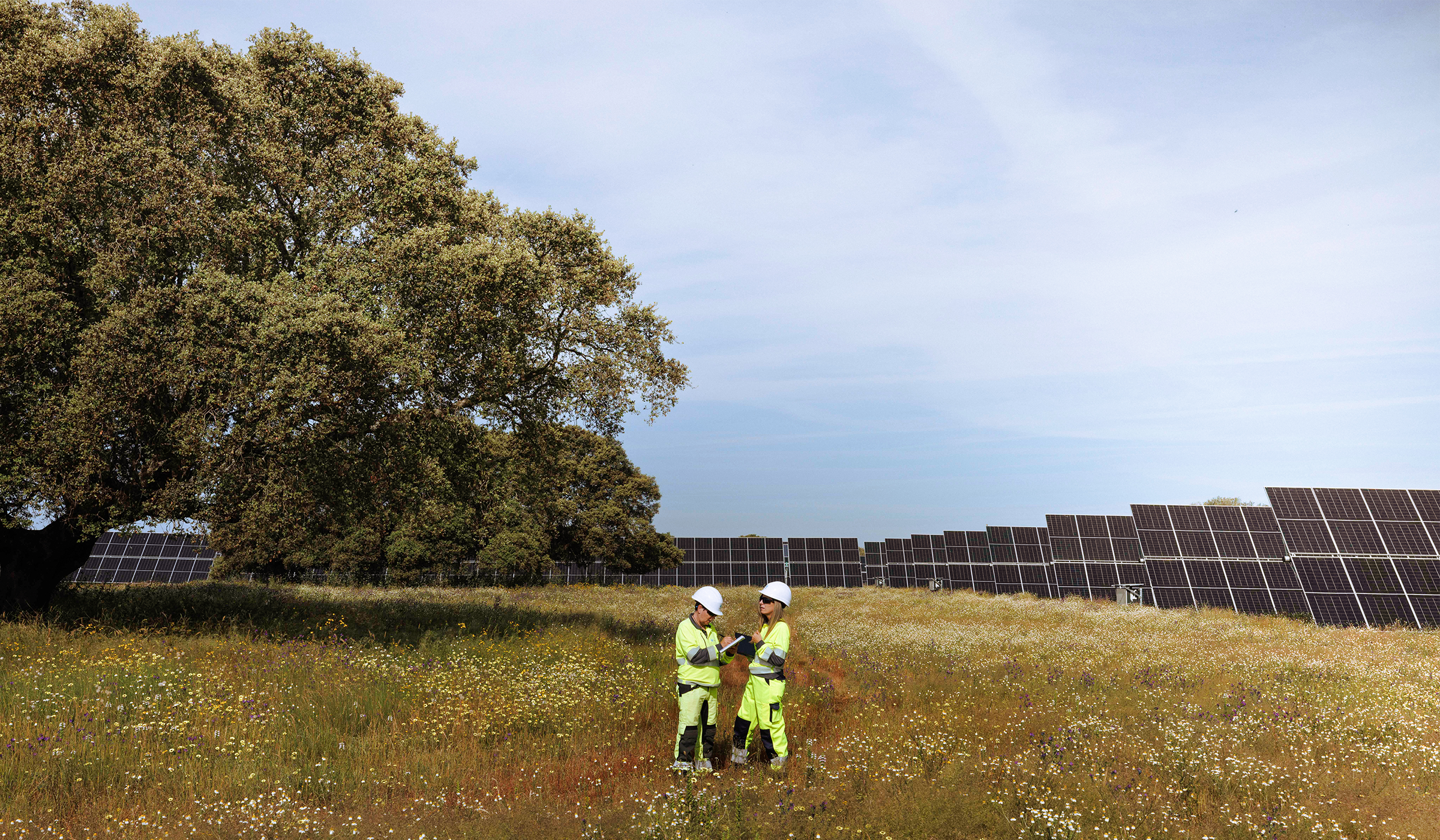
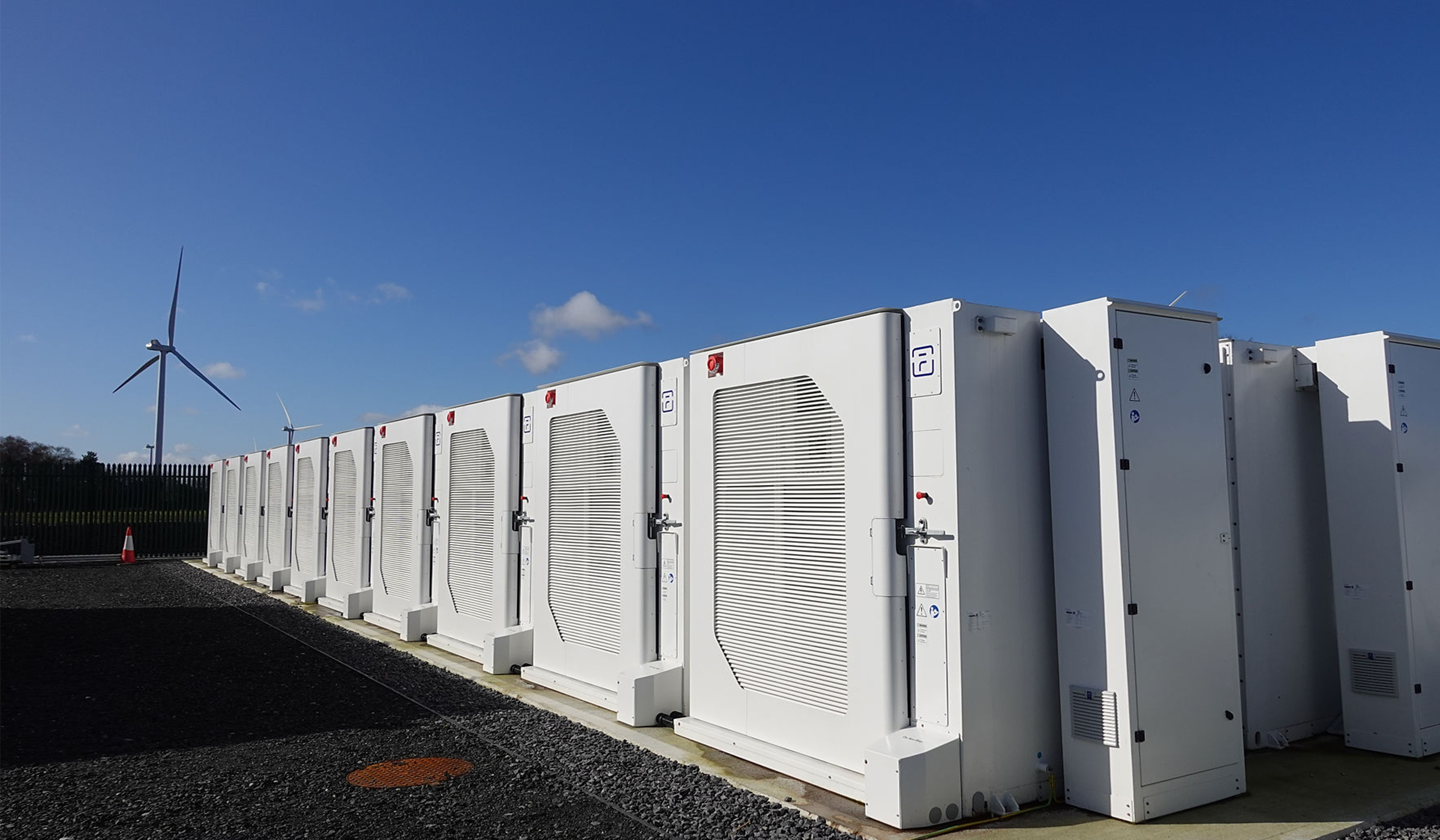
Shine, it’s in the numbers – The key findings
The strong global growth in renewable technologies continues, with new records set annually. In 2023, global renewable growth increased by 50 percent, and solar power accounted for three-quarters of annual capacity growth. The development of renewables will continue at a rapid pace, with solar as the leading technology.
The strong and sustained growth of onshore wind, solar PV and electric cars across all three scenarios reflects their maturity and increasing cost-effectiveness. These technologies remain central to the energy transition.
Cost-effectiveness will make solar the world’s largest power generating technology by 2030, while solar and wind power will be the dominant power generating technologies globally by 2040 (Green).
In the EU, cost-effective renewable energies will be critical not just to the region’s climate goals, but also its competitiveness and regional security.
Electricity consumption in the EU across the scenarios increases to between 50-140% by 2050 as energy efficient electricity replaces imported fossil fuels in industries, transportation and buildings.
In the Green scenario, electricity consumption will increase by around 140% to 2050 while coal, oil and gas primary supply will fall by 95%, 94% and 74% respectively.
From today to 2050, buildings will account for 20-30% of consumption growth and transport for around one third across the scenarios.
Data centres will represent 5-15% of consumption increase growing from around 60 TWh today to around 200 TWh in 2050.
The remarkable drop in battery costs is unlocking critical flexibility needed to deploy more wind and solar. However, multiple flexibility solutions support the integration of intermittent renewables.
In a German example, flexibility capacity will double by 2050 in Delayed with interconnectors being the largest source, highlighting their vital contribution in ensuring energy security in a period of global volatility. Batteries co-located with solar PV also play a key important role.
